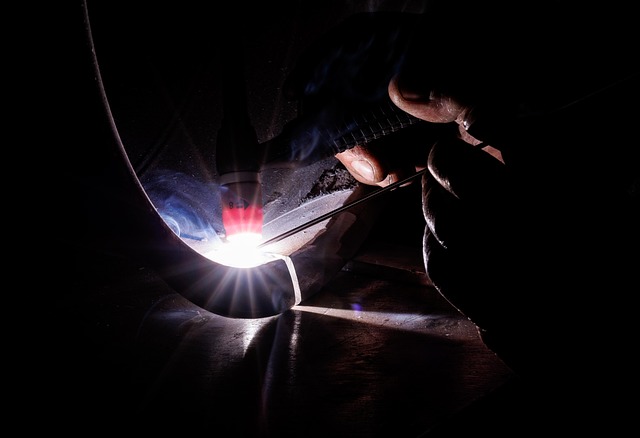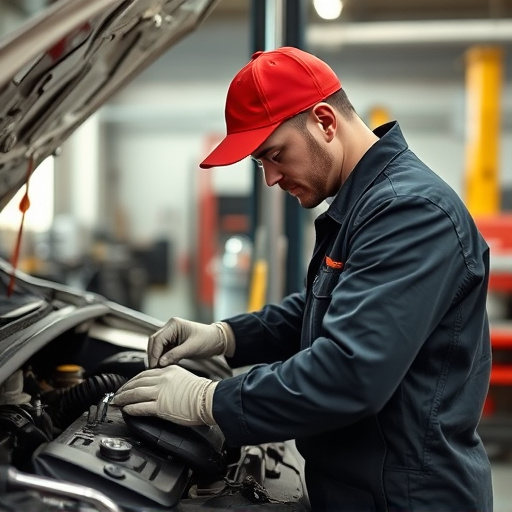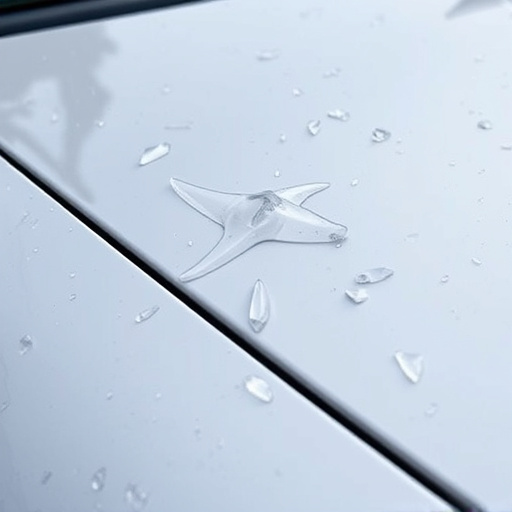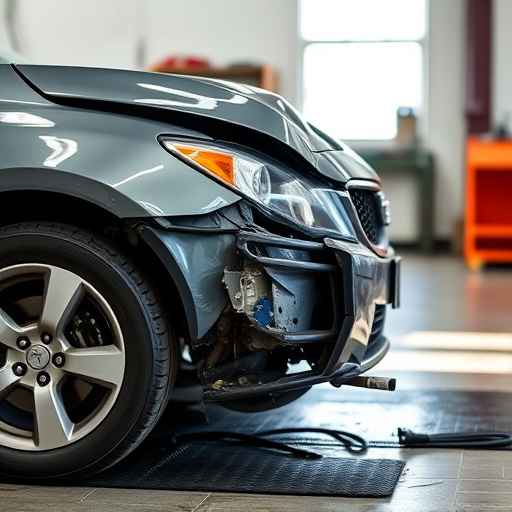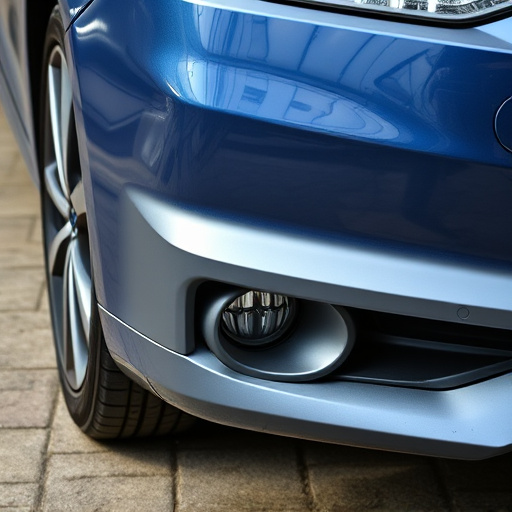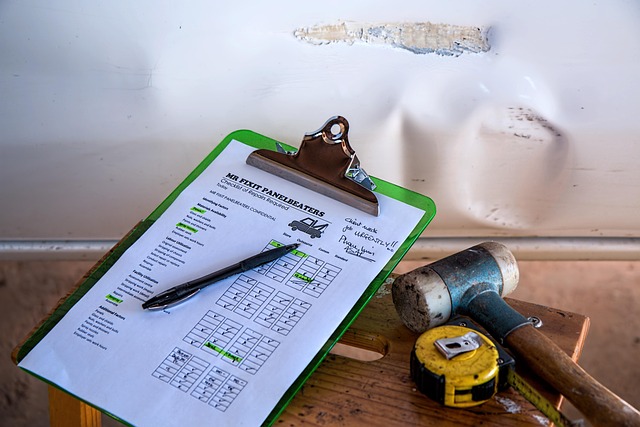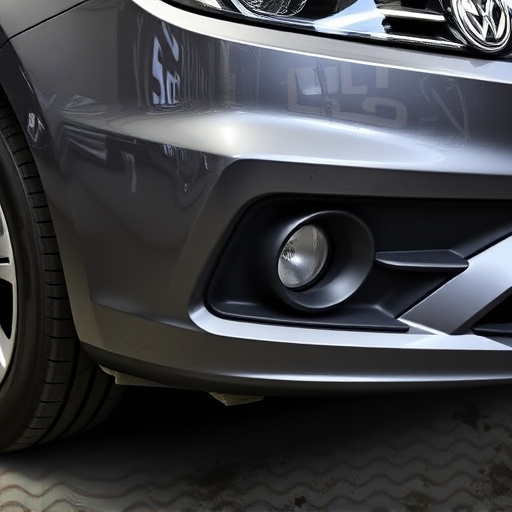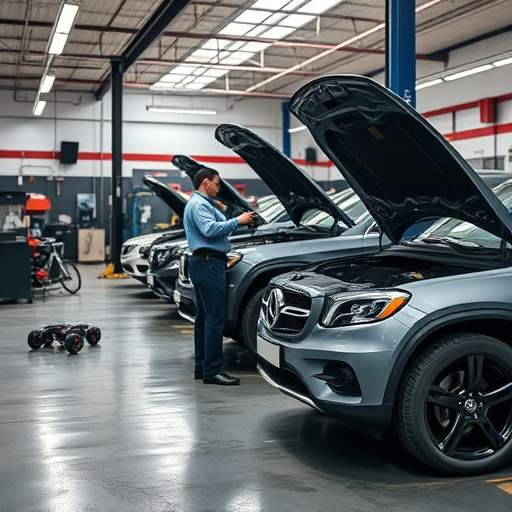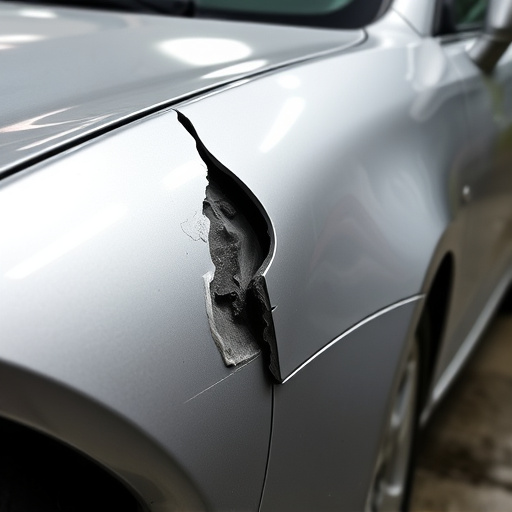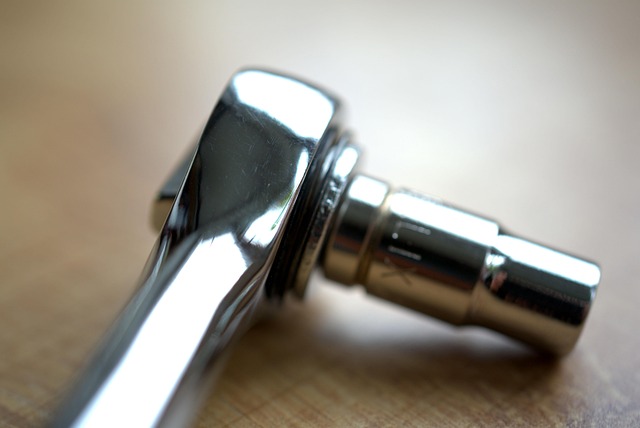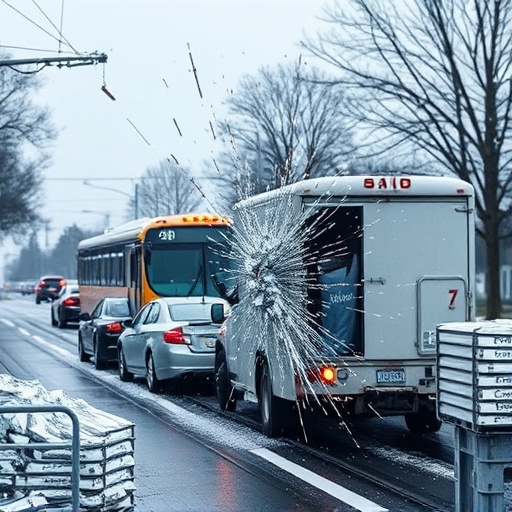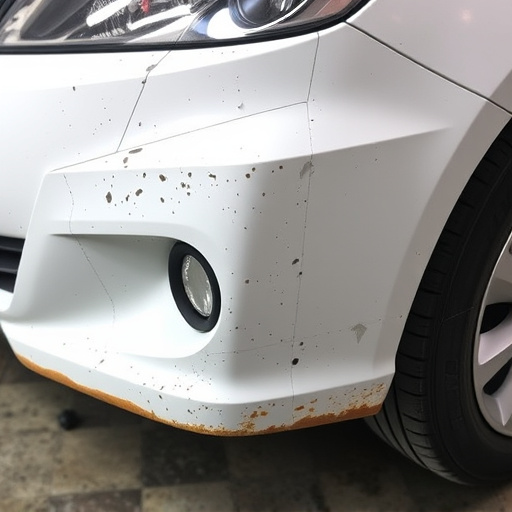Mercedes panel sectioning requires careful modification or replacement of specific vehicle panels, but restricts structural areas like doors, hoods, and fenders due to safety concerns. Collision repair shops must adhere to guidelines for dent removal and bodywork repairs, prioritizing structural integrity and passenger safety over aesthetic or performance gains. Local regulations regarding auto glass replacement and vehicle body repair ensure legal validity and on-road safety.
Mercedes owners seeking customization face a hurdle with certain modifications, particularly regarding Mercedes panel sectioning. While it enhances aesthetics, removing or replacing specific panels in restricted structural areas is prohibited. This article delves into the intricacies of Mercedes panel sectioning restrictions, highlighting where and why these limitations exist. We’ll explore compliance measures for safe modifications, ensuring your vehicle remains structurally sound while showcasing your unique style.
- Understanding Mercedes Panel Sectioning Restrictions
- Restricted Areas: Where It's Not Allowed
- Compliance and Safety Measures for Vehicle Mods
Understanding Mercedes Panel Sectioning Restrictions
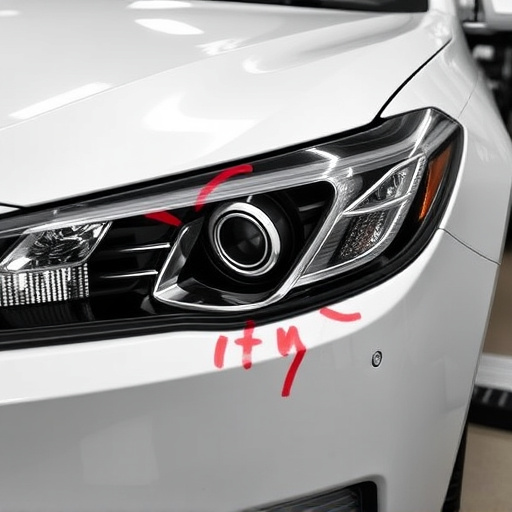
Mercedes panel sectioning refers to the process of dividing or removing specific panels from a Mercedes vehicle for repair or replacement. However, there are strict restrictions on where and how this can be done, particularly in restricted structural areas. These areas, crucial for the overall integrity and safety of the luxury vehicle, include components like doors, hoods, and fenders.
In an automotive body shop specializing in luxury vehicle repair, understanding these Mercedes panel sectioning restrictions is paramount. The process requires meticulous planning and skilled technicians to ensure that any modifications are made accurately and securely. Auto painting and other cosmetic repairs near these sections must also adhere to stringent guidelines to maintain the structural integrity and aesthetics of the vehicle. This is especially important for high-end vehicles like those from Mercedes, where precision and quality are hallmarks of their design and craftsmanship.
Restricted Areas: Where It's Not Allowed
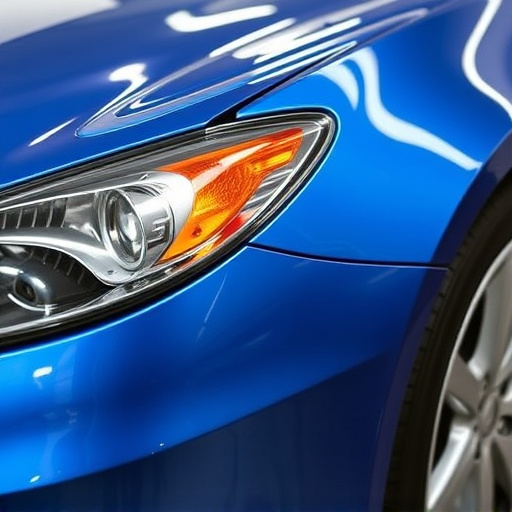
In the context of Mercedes panel sectioning, understanding restricted areas is paramount to ensuring compliance with industry standards and safety regulations. These areas, often within a car’s bodywork, are designated as off-limits for DIY modifications or certain repair techniques due to their structural significance. Components like roof panels, doors, and fenders fall under this category, as they play vital roles in the vehicle’s overall strength and integrity. Attempting Mercedes panel sectioning in these areas could lead to compromises in safety features, such as impact resistance and crumple zones, which are designed to protect occupants during collisions.
Collision repair shops, for instance, adhere strictly to guidelines when conducting dent removal or bodywork repairs. They know that even the slightest alteration in these restricted sections could affect how a vehicle absorbs and distributes crash forces. This is why professional technicians rely on specialized tools and techniques tailored for specific car makes and models, ensuring that any modifications are not only precise but also safe.
Compliance and Safety Measures for Vehicle Mods
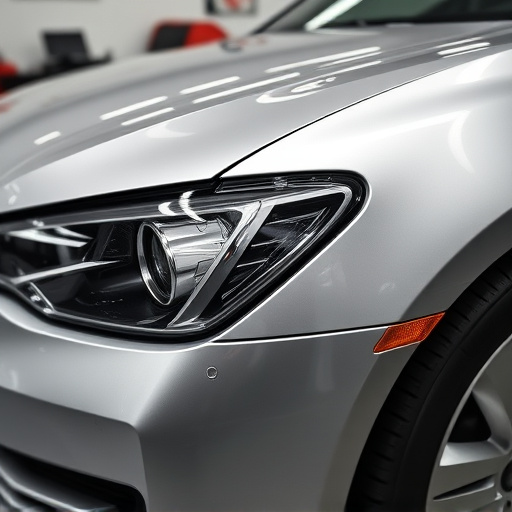
When modifying a Mercedes or any vehicle, adhering to safety standards is paramount. While customization and personalization are popular among car enthusiasts, certain alterations can impact structural integrity and passenger safety. One such modification that is typically restricted in many regions is Mercedes panel sectioning. This practice involves removing sections of the vehicle’s body panels for aesthetic or performance reasons, but it raises significant concerns about the car’s overall strength and safety measures.
Compliance with local regulations regarding vehicle modifications is crucial to ensure both on-road safety and legal validity. For instance, in many areas, auto glass replacement or vehicle body repair services need to meet specific standards to maintain structural integrity. Modifying a car’s exterior panels without proper reinforcement could compromise the overall structure, affecting how well the vehicle protects its occupants in case of an accident. Therefore, auto repair professionals and enthusiasts should prioritize safety by seeking guidance from experts and staying updated on legal requirements related to Mercedes panel sectioning and similar modifications.
Mercedes panel sectioning, while offering customization potential, must adhere to strict restrictions in restricted structural areas. Understanding these limitations is crucial for both safety and compliance. By knowing where and how Mercedes panel sectioning is permitted, vehicle owners can ensure their modifications enhance the car’s performance without compromising structural integrity. Always prioritize safety measures when tackling any vehicle mods.
